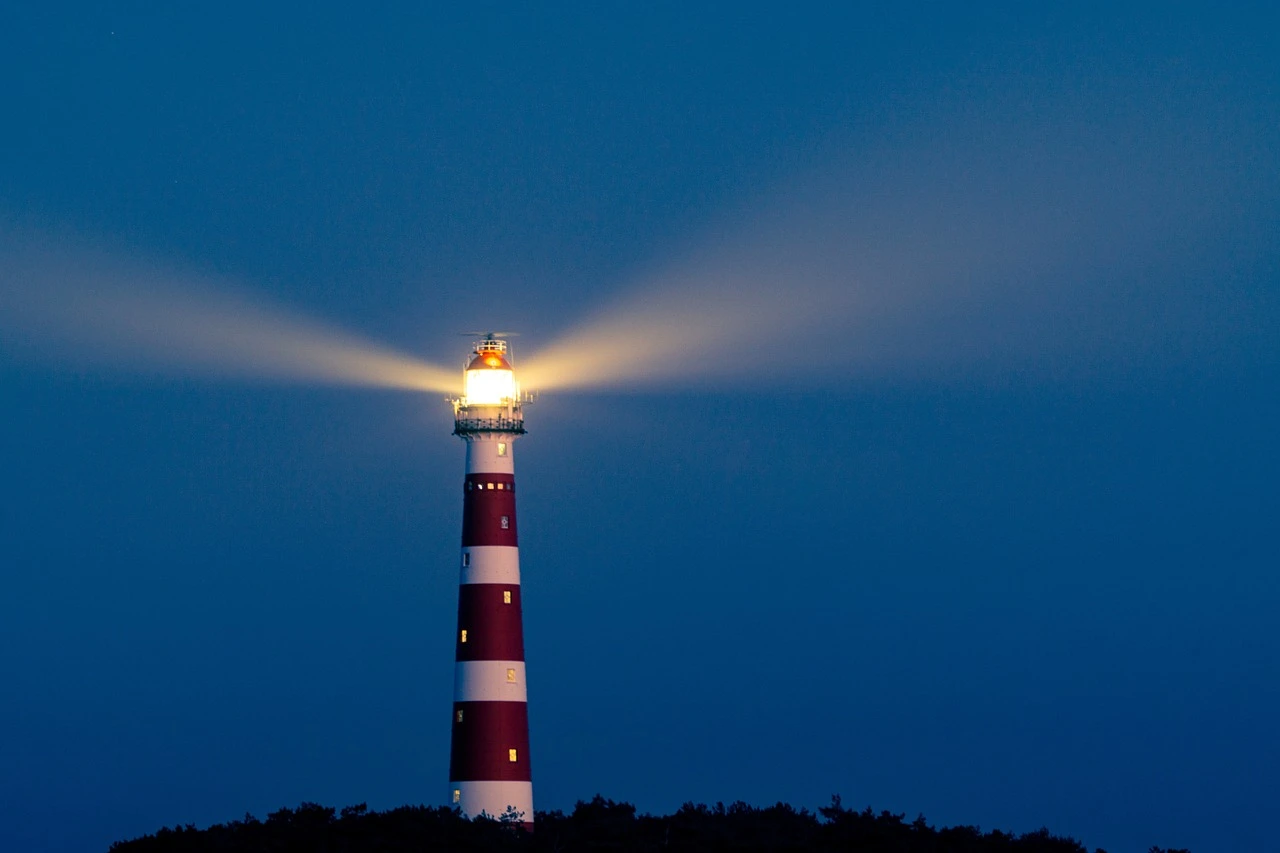#Greenish #Sky #Christmas #Tree #National #Geographic
On the evenings around Christmas, if the weather just happens to be clear, you can look for the Christmas Tree cluster in the eastern sky, near the right leg of Gemini, in the constellation Unicorn, using a small telescope. The Christmas tree shape drawn by the young stars is captured in a long-shutter photo, and we can see a reddish, hazy background.
Amination of the Christmas Tree Cluster, the twinkling “ornaments” are the X-ray highlights of the stars captured by Chandra.
Forrás: X-ray: NASA/CXC/SAO; Optical: T.A. Rector (NRAO/AUI/NSF and NOIRLab/NSF/AURA) and B.A. Wolpa (NOIRLab/NSF/AURA); Infrared: NASA/NSF/IPAC/CalTech/Univ. of Massachusetts; Image Processing: NASA/CXC/SAO/L. Frattare & J.Major
However, NASA has now shown it to be a green that matches a real pine, and for the image, they used several recordings made with different devices. On the one hand, the bright, young stars in blue and white light (they flash in the animation) were found from the photos of Chandra, a space telescope working in the X-ray range. On the other hand, in the visible range, a recording was made with the WIYN telescope at the Kitt Peak Observatory, which shows the nebulosity around the stars (now changed from natural red to artificial green).
These are the real colors in the visible range of the Christmas tree cluster taken by a Hungarian amateur astronomer (the image has been rotated so that it looks the same as the NASA image).
Source: Sent by you / László Berta Nagy
And thirdly, the cluster was also recorded in the infrared range during the Two Micron Full Sky Survey, which shows the foreground and background stars. The set was rotated 160 degrees relative to its celestial image (in reality, the Christmas tree is almost upside down, slightly tilted).
The X-ray image (only the young stars that belong to a group are bright)
Progress: X-ray: NASA/CXC/SAO
Among the young stars that make up the cluster – 1-5 million years old – are seven times larger than the Sun and ten times smaller, and thanks to their youthful intensity, their light does indeed flicker, but not at the same time, this is not what we can see in the animation. The blue and white stars seen in Chandra’s X-ray images were switched on and off to better detect which stars actually belong to the same group.
The stars seen in the infrared are foreground and background celestial bodies.
Source: NASA/NSF/IPAC/CalTech/Univ. of Massachusetts
Some of the changes in brightness observed by Chandra or other telescopes are caused by very strong starbursts caused by the magnetism of the stars, and another part is due to the movement of gas and dust around them. Thirdly, the brightness can also change due to the star spots that form on the surface of the stars, just as they are visible and not visible due to the axis rotation of the star.
The celestial Christmas tree is located about 2,500 light-years away from us, and its size spans 56 light-years.










